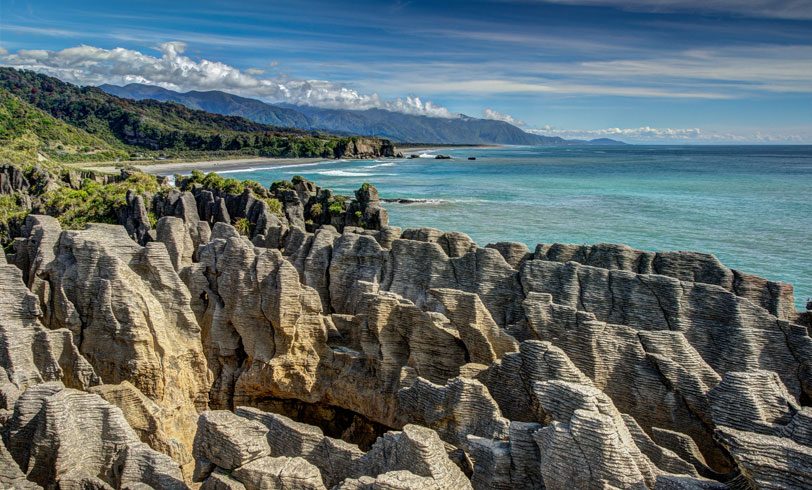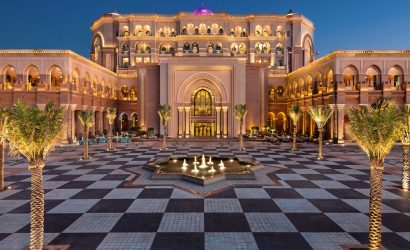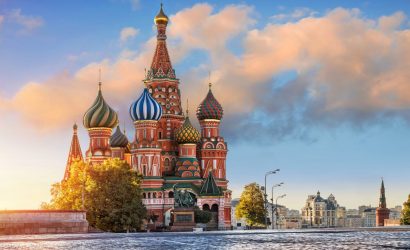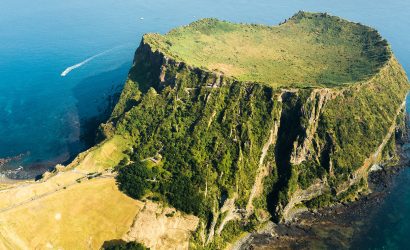Overview
Auckland, based around 2 large harbours, is a major city in the north of New Zealand’s North Island. In the centre, the iconic Sky Tower has views of Viaduct Harbour, which is full of superyachts and lined with bars and cafes. Auckland Domain, the city’s oldest park, is based around an extinct volcano and home to the formal Wintergardens. Near Downtown, Mission Bay Beach has a seaside promenade. Waitomo is a village on the North Island of New Zealand. It’s known for its extensive underground cave systems. Thousands of glow-worms light up the Glowworm Caves. The vast Ruakuri Cave features waterfalls and limestone formations. Rotorua, a town set on its namesake lake on New Zealand’s North Island, is renowned for its geothermal activity and Maori culture. In Te Puia’s Whakarewarewa Valley, there are bubbling mud pools and the 30m-tall Pohutu Geyser, which erupts many times daily. Queenstown, New Zealand, sits on the shores of the South Island’s Lake Wakatipu, set against the dramatic Southern Alps. Renowned for adventure sports, it’s also a base for exploring the region’s vineyards and historic mining towns. Milford Sound is a fiord in the southwest of New Zealand’s South Island. It’s known for towering Mitre Peak, plus rainforests and waterfalls like Stirling and Bowen falls, which plummet down its sheer sides. The fiord is home to fur seal colonies, penguins and dolphins. Christchurch, known for its English heritage, is located on the east coast of New Zealand’s South Island. Flat-bottomed punts glide on the Avon River, which meanders through the city centre. On its banks are cycling paths, the green expanse of Hagley Park and Christchurch Botanic Gardens.
Trip Highlights:
- Auckland Airport to Hotel
- Auckland – Waitomo – Rotorua
- Rotorua Sightseeing
- Rotorua – Queenstown
- Milford Sound Experience Tour
- Queenstown Sightseeing
- Queenstown – Glacier Region
- Glacier Region – Greymouth – Christchurch
- Transfer from Airport-Hotel-Airport






Recent Comments